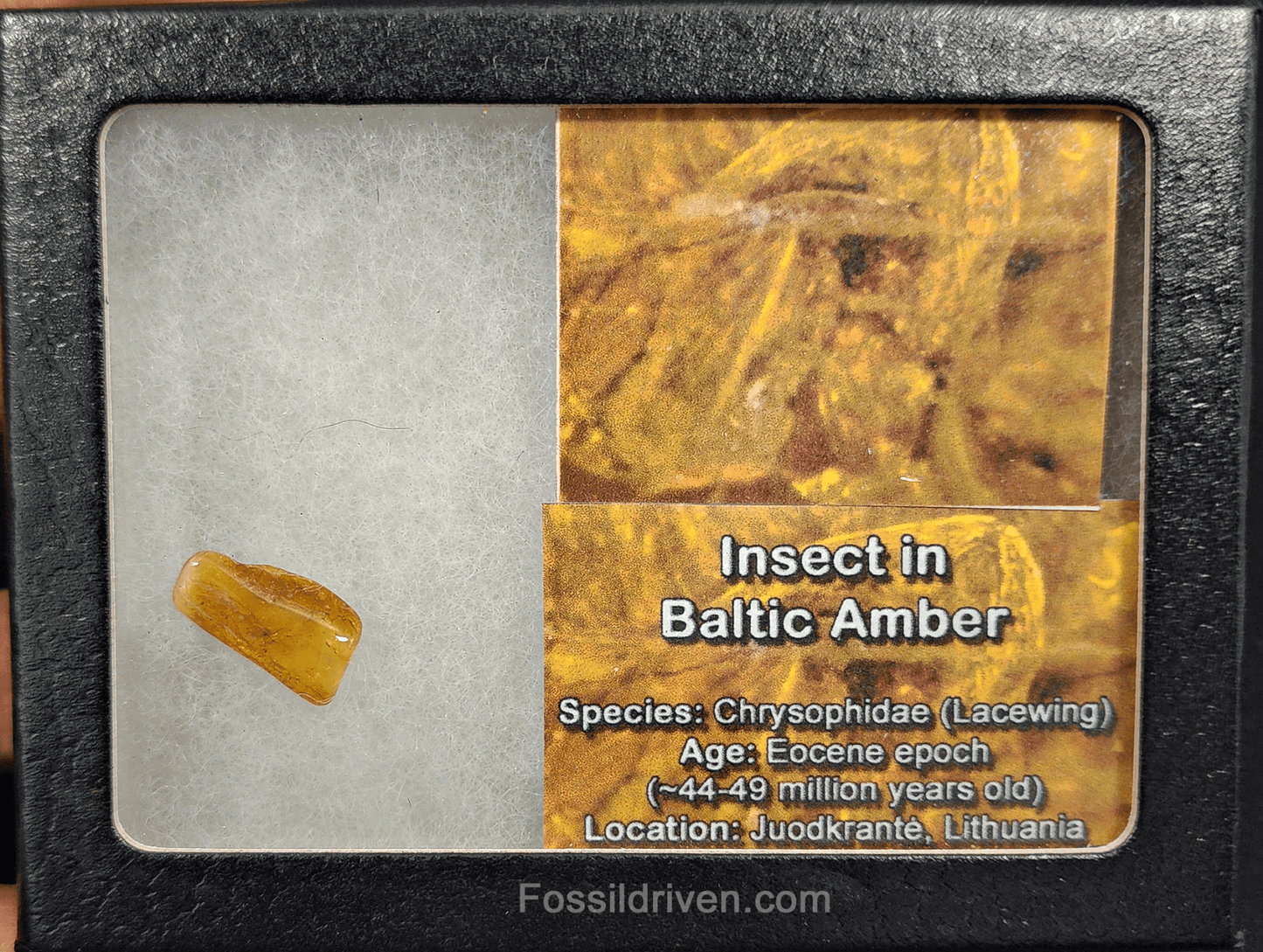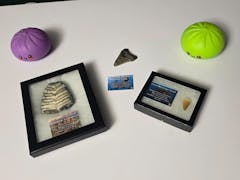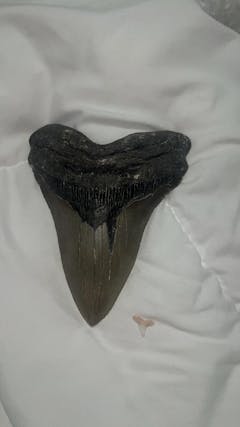I bought a large spinosaurus tooth and a polished mammoth tooth slice for my grandson to open on Christmas. Both were protectively wrapped, intact and perfect. Display cases and information cards are included. He’s a budding paleontologist and these will be a great addition to his collection. Fossil Driven iis a great company to do business with. Customer service is very good!
Great small company with great fossil offerings. I bought a beautiful Chubutensis tooth, 5.28", and massive. It arrived well protected, early and it is a perfect addition to my collection. Brandon Z was prompt and helpful in responding to questions. I will do business with them again. 5 Stars.
Shipping is fast Wich I love! The teeth I'm buying are top notch quality!! Just amazing I will buy from this company for a long time.. thank you guys!! 🤘
My order was shipped promptly and the teeth are JAWSOME!! The pictures matched the teeth I received. The dimensions were accurate and I will order from them again.
I bought this one to gift it and it is amazing. My partner is very happy with this Megalodon Tooth.










